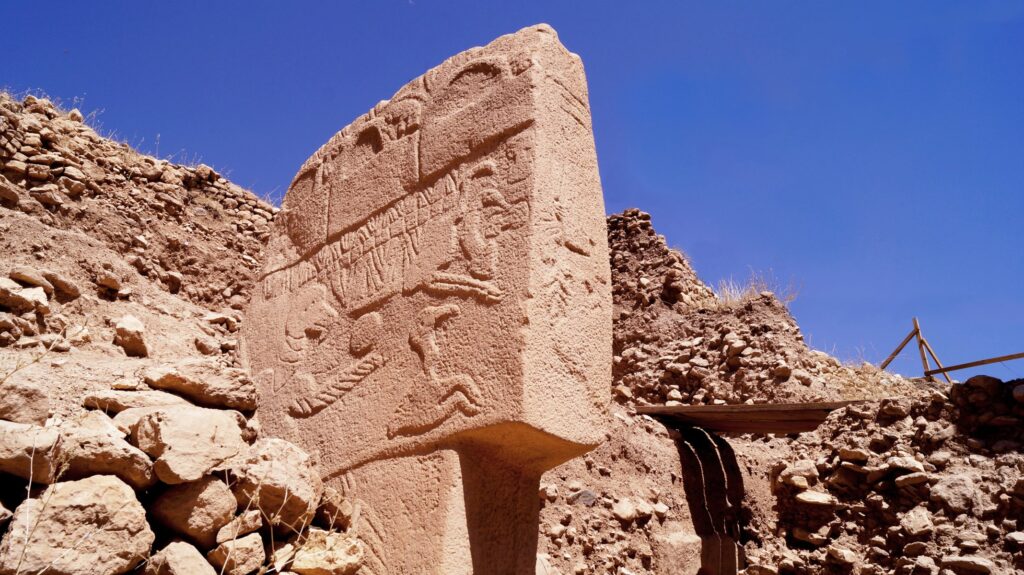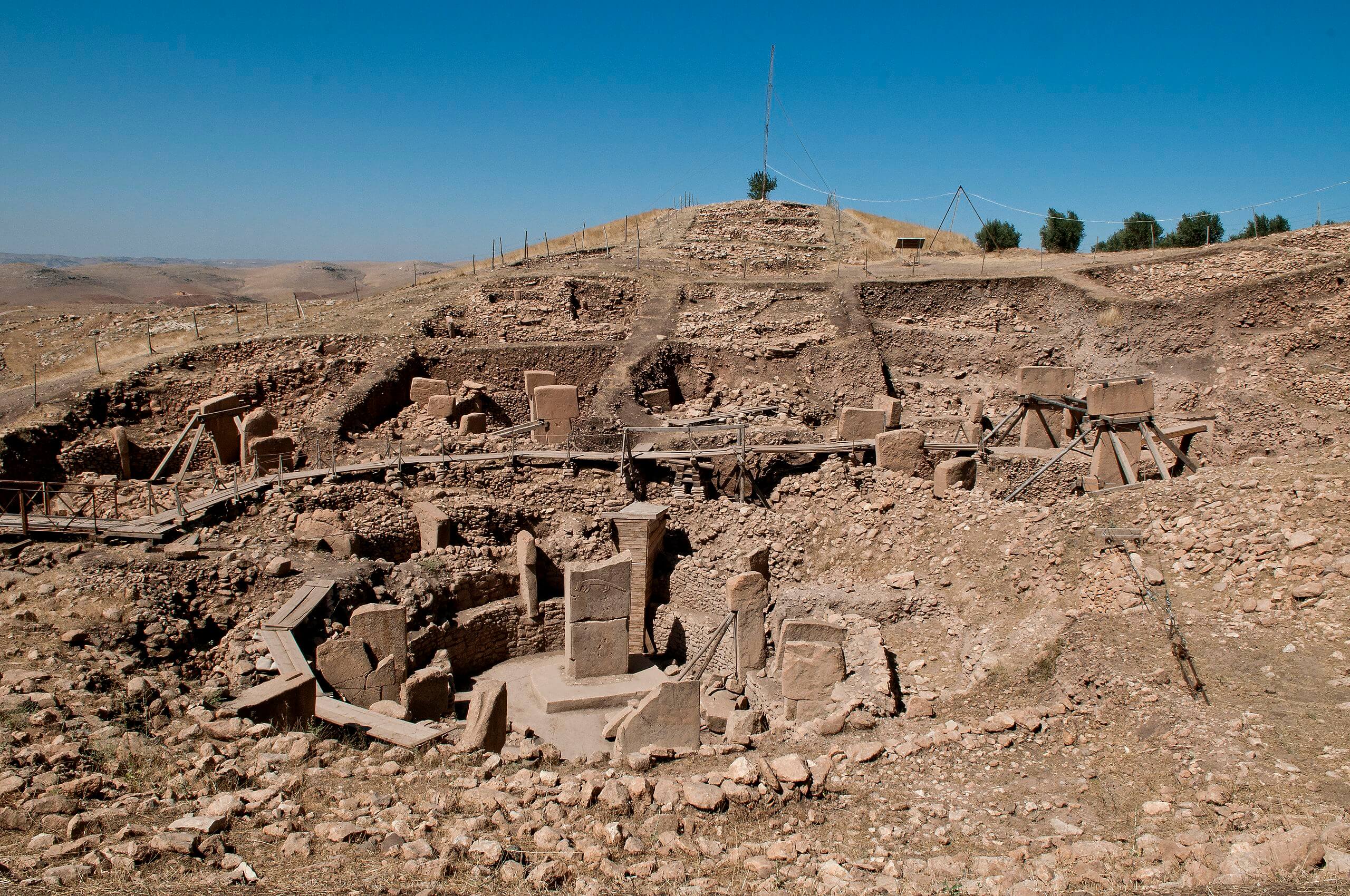In the remote hills of southeastern Turkey lies Göbekli Tepe, a site that challenges everything we thought we knew about human civilization. Dubbed the world’s first temple, this archaeological marvel dates back to around 9500 BCE—thousands of years before the advent of agriculture or the first cities. Its massive, intricately carved limestone pillars provide a window into the beliefs and ingenuity of our prehistoric ancestors. What’s most remarkable, however, is how this ancient sanctuary is reshaping our understanding of early society.
A Monumental Discovery
When German archaeologist Klaus Schmidt began excavations at Göbekli Tepe in the mid-1990s, he uncovered something extraordinary: massive stone pillars arranged in circular enclosures. These structures, some weighing up to 20 tons, are adorned with detailed carvings of animals such as lions, wild boars, and vultures. Schmidt’s groundbreaking research suggested that the site served as a communal space for spiritual or ritualistic practices (Schmidt, 2008).
Prior to this discovery, historians largely believed that organized religion emerged only after humans settled into agricultural societies. Yet Göbekli Tepe’s existence upends this narrative, showing that spiritual expression may have been a driving force behind early human cooperation.
The Architecture of Belief
The scale of Göbekli Tepe’s construction is staggering, especially when you consider the era. Without metal tools, wheels, or domesticated animals, how did these early people transport and erect such colossal stones? The answer likely lies in the collective effort of hundreds, if not thousands, of individuals united by shared beliefs.
“This was a place where communities came together, not just to worship, but to bond and share resources,” says Dr. Lee Clare, an archaeologist who continues to study the site (Clare, 2021). The sophisticated engineering and artistic mastery at Göbekli Tepe underscore a level of social organization that was previously thought impossible for hunter-gatherer groups.
Rituals Before Farming
Göbekli Tepe’s most intriguing implication is its relationship to agriculture. Historically, scholars believed that the development of farming was the catalyst for organized societies and religious practices. Yet the temple predates farming by at least a thousand years. Some experts hypothesize that the communal effort required to build and maintain the site might have fostered agricultural experimentation as a way to sustain the growing gatherings.
Indeed, evidence of early farming practices has been found nearby, suggesting a connection between Göbekli Tepe and the origins of agriculture (Banning, 2018). Could it be that the desire to worship spurred humanity’s shift from foraging to farming? This provocative question remains at the heart of ongoing research.

Art and Symbolism
The carvings at Göbekli Tepe offer tantalizing clues about the worldview of its builders. The reliefs feature a menagerie of animals, from predatory creatures to scavengers, which some experts interpret as symbolic representations of life, death, and the cosmos. Additionally, humanoid figures with stylized arms and hands have been discovered, raising questions about the role of human-like deities or ancestral spirits in their belief system.
“The iconography at Göbekli Tepe suggests a deep spiritual connection to nature and the cycles of life,” notes Dr. Betul Çelik, a Turkish art historian. These carvings reflect not just technical skill but also a rich symbolic language that hints at the complex inner lives of its creators.
The Ongoing Excavation
Despite decades of study, Göbekli Tepe is far from fully understood. Only a fraction of the site has been excavated, leaving vast sections buried beneath layers of earth. New technologies, such as ground-penetrating radar, are helping archaeologists uncover hidden structures and artifacts without disturbing the site’s integrity.
Recent discoveries include a painted limestone statue of a wild boar and other sculptures, suggesting that the site’s builders were not only skilled architects but also accomplished artists. Future excavations will likely yield even more insights into this enigmatic society, deepening our understanding of how it influenced subsequent cultures.

A Legacy of Wonder
Göbekli Tepe’s impact extends far beyond its historical significance. It has captivated the public imagination, drawing comparisons to other ancient wonders like Stonehenge and the Pyramids of Giza. However, its true legacy lies in what it teaches us about humanity.
“Göbekli Tepe shows us that the desire to connect with something greater than ourselves is deeply rooted in human nature,” says Dr. Clare. “It’s a testament to our shared capacity for creativity, cooperation, and belief.”
As new discoveries emerge, Göbekli Tepe continues to inspire awe and wonder, reminding us of the profound mysteries that still lie beneath our feet.
If you feel like exploring more of the ancient wonders and mysteries then browse the Archaeological discoveries section of our community.

